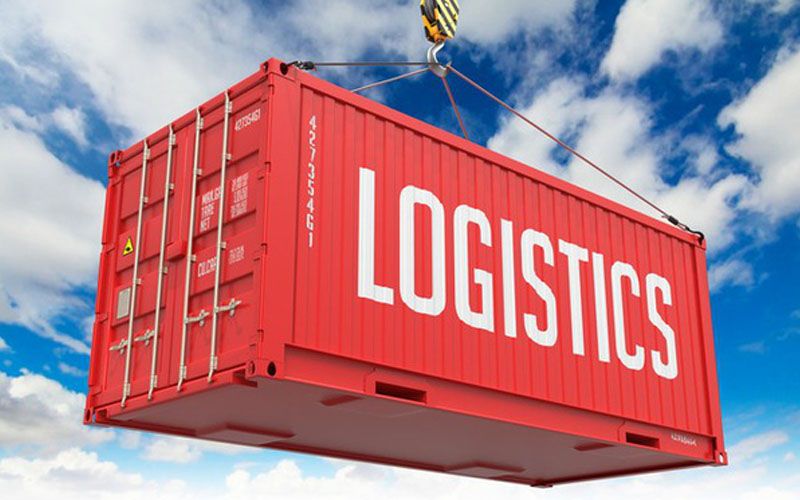The logistics industry is a vast and ever-changing field, with new possibilities emerging all the time. Here are a few of the most promising possibilities in logistics:
- The rise of e-commerce: E-commerce is growing rapidly, and this is driving demand for new and innovative logistics solutions. For example, companies are developing new ways to track and manage shipments, as well as new ways to deliver goods to customers quickly and efficiently.
- The growth of third-party logistics (3PL) providers: 3PL providers offer a wide range of logistics services, from warehousing and distribution to transportation and customs clearance. This allows businesses to outsource their logistics needs to a specialized provider, which can free up their resources to focus on other aspects of their business.
- The use of automation and robotics: Automation and robotics are increasingly being used in logistics to improve efficiency and accuracy. For example, robots are being used to pick and pack orders in warehouses, and drones are being used to deliver goods to customers.
- The development of new transportation technologies: New transportation technologies, such as self-driving vehicles and hyperloops, could revolutionize the way goods are transported. These technologies could make transportation faster, cheaper, and more efficient.
- The increasing importance of sustainability: Businesses are increasingly looking for ways to make their logistics operations more sustainable. This could include using more fuel-efficient vehicles, reducing packaging waste, and investing in renewable energy sources.
These are just a few of the many possibilities in logistics. As the world becomes more interconnected and technology continues to evolve, the logistics industry is sure to continue to grow and change.
In addition to the possibilities mentioned above, here are some other areas where logistics is seeing innovation:
- Blockchain: Blockchain technology is being used to track the movement of goods through the supply chain, which can help to improve transparency and security.
- Artificial intelligence (AI): AI is being used to automate tasks such as scheduling shipments and managing inventory.
- Big data analytics: Big data analytics is being used to identify trends and patterns in demand, which can help businesses to make better decisions about their logistics operations.
These are just a few of the ways that logistics is being transformed by innovation. As technology continues to advance, we can expect to see even more possibilities emerge in the years to come

Comments
Post a Comment